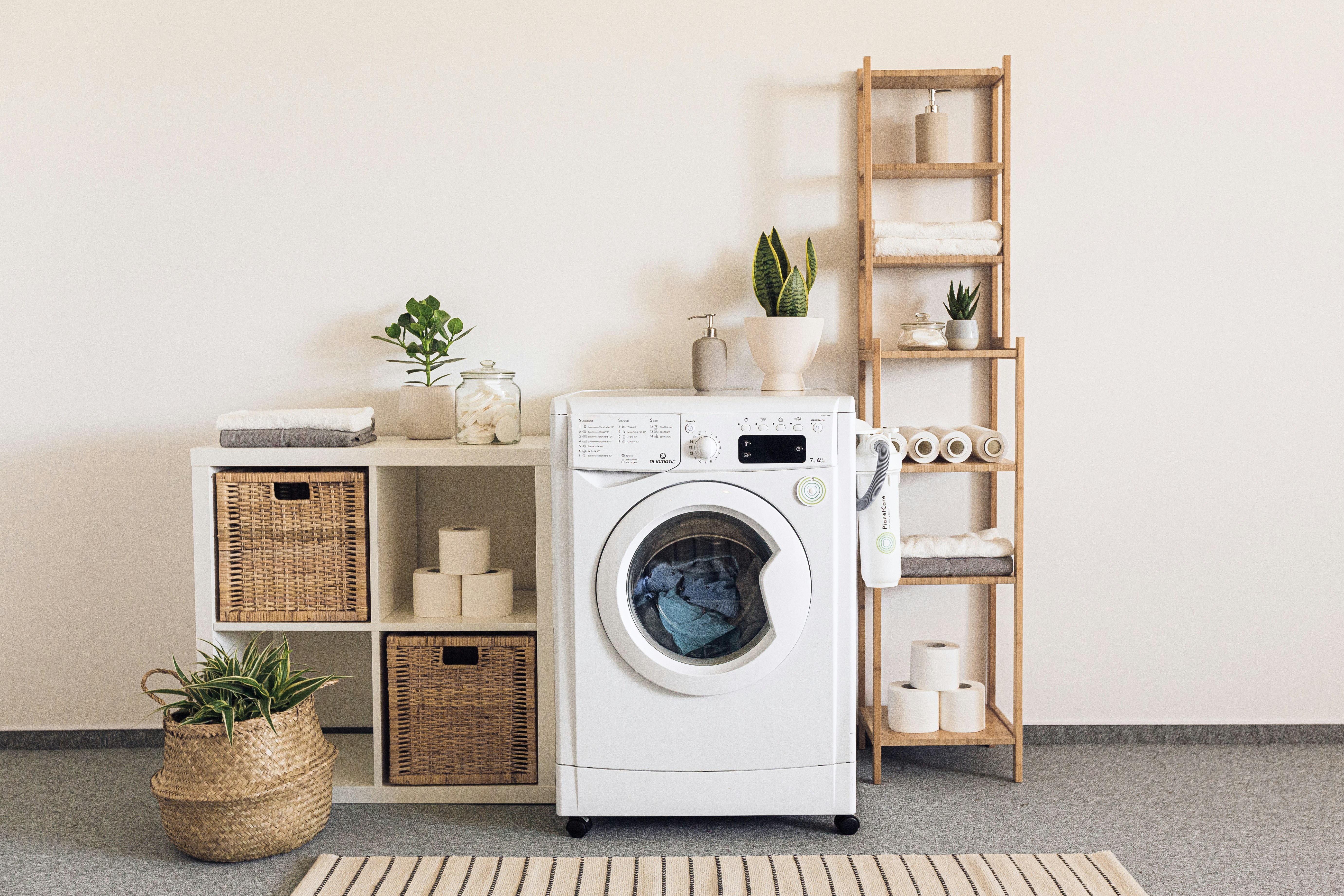The Silent Epidemic: Feline Obesity and Its Hidden Dangers
Obesity in cats has become a widespread issue, affecting nearly 60% of domestic felines in the United States. This silent epidemic poses significant health risks to our feline companions, yet many pet owners remain unaware of its severity. As cat obesity rates continue to climb, it's crucial to understand the causes, consequences, and solutions to this growing problem.

Understanding Feline Obesity: More Than Just Extra Fluff
Feline obesity occurs when a cat’s body weight exceeds 20% of its ideal weight. Unlike humans, cats have a unique body composition that makes excess weight particularly dangerous. Their bodies are not designed to store large amounts of fat, and when they do, it can lead to severe health complications. Factors contributing to feline obesity include overfeeding, lack of exercise, indoor lifestyles, and the misconception that a chubby cat is a healthy cat. Additionally, certain breeds, such as Maine Coons and British Shorthairs, are more prone to weight gain, requiring extra vigilance from their owners.
The Health Consequences of Carrying Extra Pounds
The impact of obesity on feline health is far-reaching and potentially life-threatening. Overweight cats are at a higher risk of developing diabetes mellitus, with obese cats being up to four times more likely to become diabetic than cats of normal weight. This condition can lead to costly, lifelong insulin treatments and a decreased quality of life. Furthermore, excess weight puts additional stress on a cat’s joints, increasing the likelihood of arthritis and reducing mobility. This can create a vicious cycle where pain from joint issues leads to even less activity, exacerbating the weight problem. Cardiovascular issues, including high blood pressure and heart disease, are also more common in obese cats, potentially shortening their lifespan.
Recognizing Obesity in Your Feline Friend
Identifying obesity in cats can be challenging, especially for long-haired breeds. However, there are several key indicators that pet owners should be aware of. A healthy cat should have a visible waist when viewed from above, and you should be able to feel their ribs with gentle pressure. If your cat’s belly sags or swings when they walk, or if they have difficulty grooming themselves, these could be signs of obesity. Regular weigh-ins at the veterinarian’s office are crucial, as weight gain can be gradual and easily overlooked. It’s important to note that sudden weight gain can also be a symptom of underlying health issues, such as hypothyroidism, so any significant changes in your cat’s weight should prompt a veterinary consultation.
Tailoring a Weight Loss Plan for Your Cat
Addressing feline obesity requires a multifaceted approach, combining dietary changes with increased physical activity. The first step is to consult with a veterinarian to determine your cat’s ideal weight and create a personalized weight loss plan. This typically involves calculating the correct calorie intake and gradually transitioning to a diet food formulated for weight management. Portion control is crucial, and free-feeding should be avoided. Instead, measure out meals and feed your cat at set times throughout the day. Wet food can be beneficial for weight loss as it contains more water and fewer calories per volume than dry food. Incorporating puzzle feeders or food-dispensing toys can also help slow down eating and provide mental stimulation.
Encouraging Activity: The Key to Feline Fitness
Increasing your cat’s activity level is essential for successful weight loss and overall health. However, motivating an overweight cat to exercise can be challenging. Start with short play sessions using interactive toys like feather wands or laser pointers to spark their interest. Gradually increase the duration and frequency of these sessions as your cat’s stamina improves. Vertical spaces, such as cat trees or wall-mounted shelves, can encourage climbing and jumping. For indoor cats, consider creating an enclosed outdoor space or “catio” to provide a safe environment for exploration and natural behaviors. Some owners have even had success with cat exercise wheels, which allow cats to run at their own pace. Remember that consistency is key, and making exercise a daily routine will yield the best results.
• Never put your cat on a crash diet, as rapid weight loss can lead to hepatic lipidosis, a potentially fatal liver condition. • Aim for a weight loss rate of 1-2% of body weight per week for cats. • Omega-3 fatty acids can help reduce inflammation and support joint health in overweight cats. • Cats with obesity may develop a pouch of fat on their lower abdomen called the “primordial pouch,” which is different from the fat accumulation seen in obesity. • Regular body condition scoring can help you track your cat’s progress during weight loss. • Avoid using human food as treats, as these are often high in calories and can disrupt a balanced diet. • Cats are obligate carnivores and require a high-protein diet, even when losing weight. • Stress can contribute to overeating in cats, so addressing environmental factors is important for weight management.
In conclusion, feline obesity is a serious health concern that requires attention and action from pet owners. By understanding the risks, recognizing the signs, and implementing a comprehensive weight management plan, we can help our feline companions achieve and maintain a healthy weight. Remember, a fit cat is a happy cat, and the effort invested in managing your pet’s weight will pay dividends in terms of their health, longevity, and quality of life. With patience, consistency, and the guidance of a veterinary professional, you can help your overweight cat return to a sleek, healthy state and enjoy many more years of companionship.




